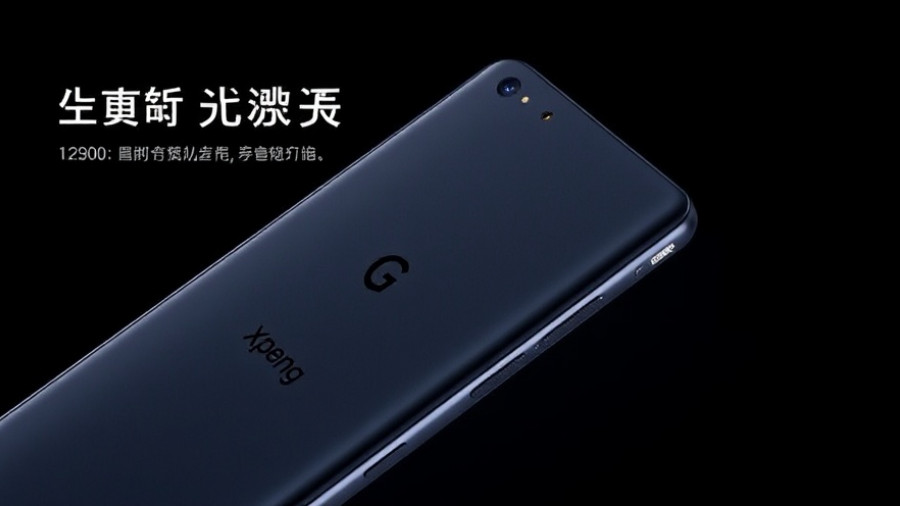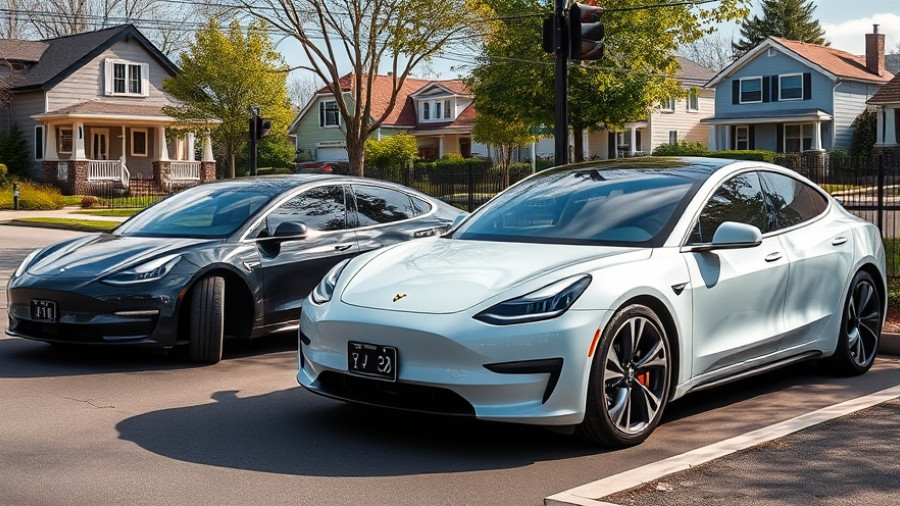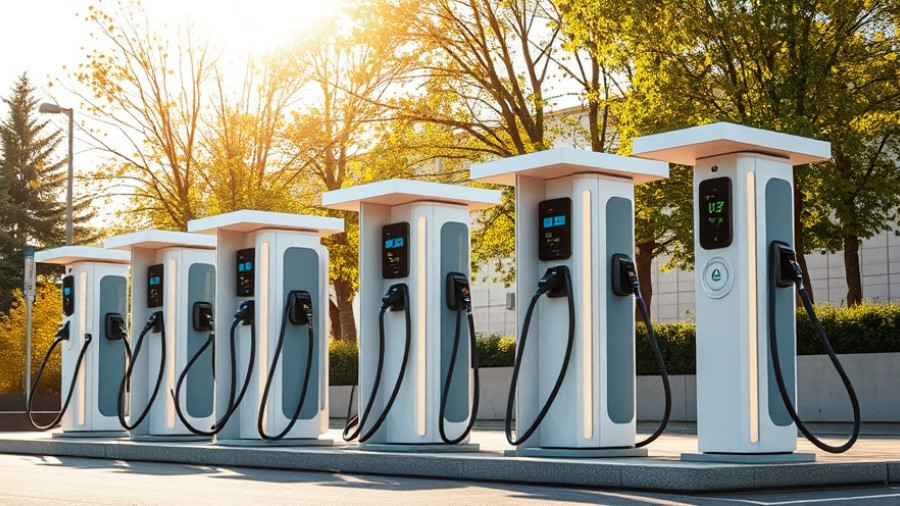
Redefining Charging in Electric Vehicles
The Xpeng G6 Performance stands out with its remarkable charging capabilities, peaking at an impressive 451 kW. This advancement places it at the forefront of the mid-size SUV segment, rivaling even established brands like Tesla. During a real-world testing event near Munich, the G6 managed a max charging rate of 279 kW, showing that, while the theoretical peak remains untested due to infrastructure limitations, it still delivers impressive speed. In just over ten minutes, it can charge from 44% to 85%, making long-distance trips more manageable for drivers focused on efficiency.
Battery Technology Advances
Xpeng has made a significant shift from traditional NMC batteries to innovative LFP batteries, which not only enhance charging speed but also promise greater longevity and durability. This transition allows for a 10-80% charge in merely 12 minutes under ideal circumstances, reclaiming precious time on the road. The reduced energy density of the LFP pack has marginally impacted the G6's WLTP range, coming in at 510 kilometers instead of earlier models' higher ratings. However, this efficiency trade-off is offset by the increased reliance on a quickly replenishable battery system.
Market Position and Competitive Edge
In the EV market, the G6 aims to separate itself from mass-market producers like BYD, positioning itself against premium offerings such as Nio and the Tesla Model Y. With a price point starting at €51,600, it is designed to appeal to buyers seeking both performance and cutting-edge technology without the premium price tag that typically comes with competitors. This strategic maneuvering is critical, especially given the European market's increasing emphasis on environmentally friendly and technologically innovative transportation solutions.
Comfort vs. Performance: What’s It Like to Drive?
The G6 provides a varying driving experience, slightly skirting the line between comfort and sports performance. Despite a rapid 0-100 km/h in just 4.1 seconds, the handling feedback may not satisfy all driving enthusiasts. In terms of suspension and overall road feel, the G6 veers towards comfort, absorbing road irregularities effortlessly. However, in urban environments, it does exhibit some rigidity, leading to a somewhat mixed driving experience. There’s a call from enthusiasts for Xpeng to include adaptive suspension systems to cater to varying driving preferences.
Design Considerations: Striking a Balance
While the G6 bears a resemblance to the Tesla Model Y with its stylish fastback silhouette, it remains understated within the fiercely competitive SUV market. Design updates include a full-width LED light bar and a ducktail spoiler that differentiate it from previous iterations but without a distinct personality. The interior echoes modern design principles but lacks the unique character that can make a vehicle truly stand out. However, the introduction of premium materials and a tasteful layout ensures a comfortable ambiance for occupants.
Conclusion: An EV Worth Watching
The Xpeng G6 Performance, despite its minor shortcomings, offers remarkable technology at an attractive price point. Its fast charging capabilities, combined with a user-friendly interface and comfortable journey, say a lot about its potential in the EV sector. However, for long-term competitiveness, Xpeng will need to refine the driving dynamics and enhance design personality. As the brand establishes its dealer network and builds awareness in Europe, the G6 could present itself as a leading option for those transitioning to electric vehicles, especially as part of a sustainable energy lifestyle.
 Add Row
Add Row  Add
Add 



Write A Comment